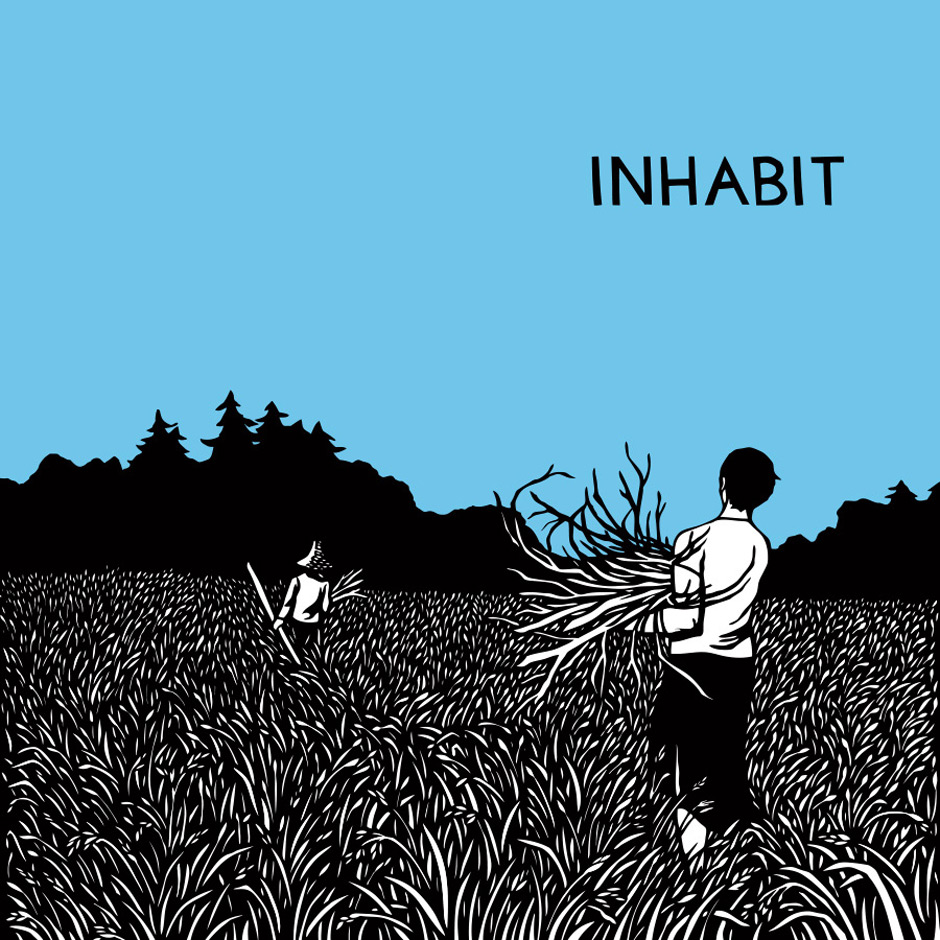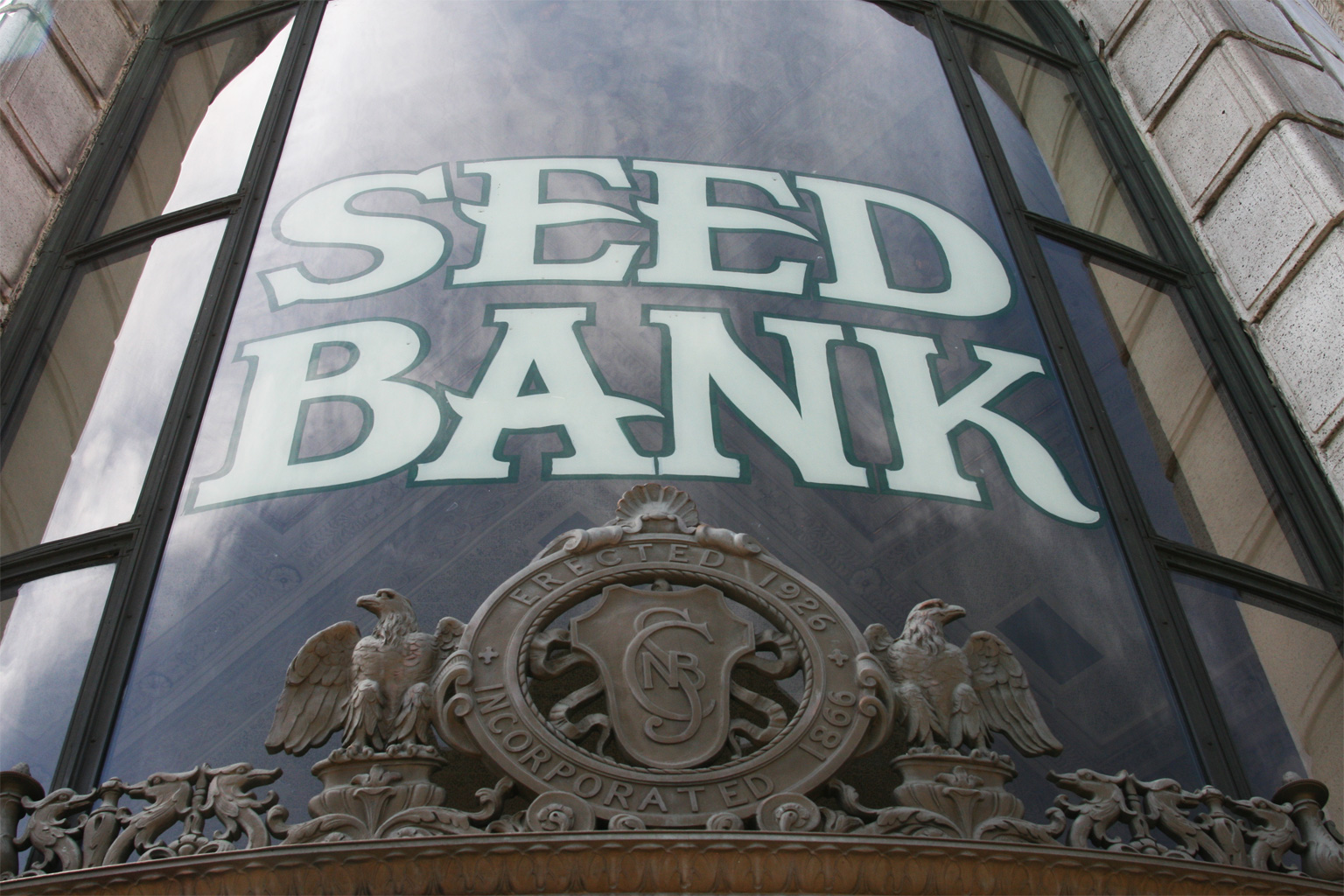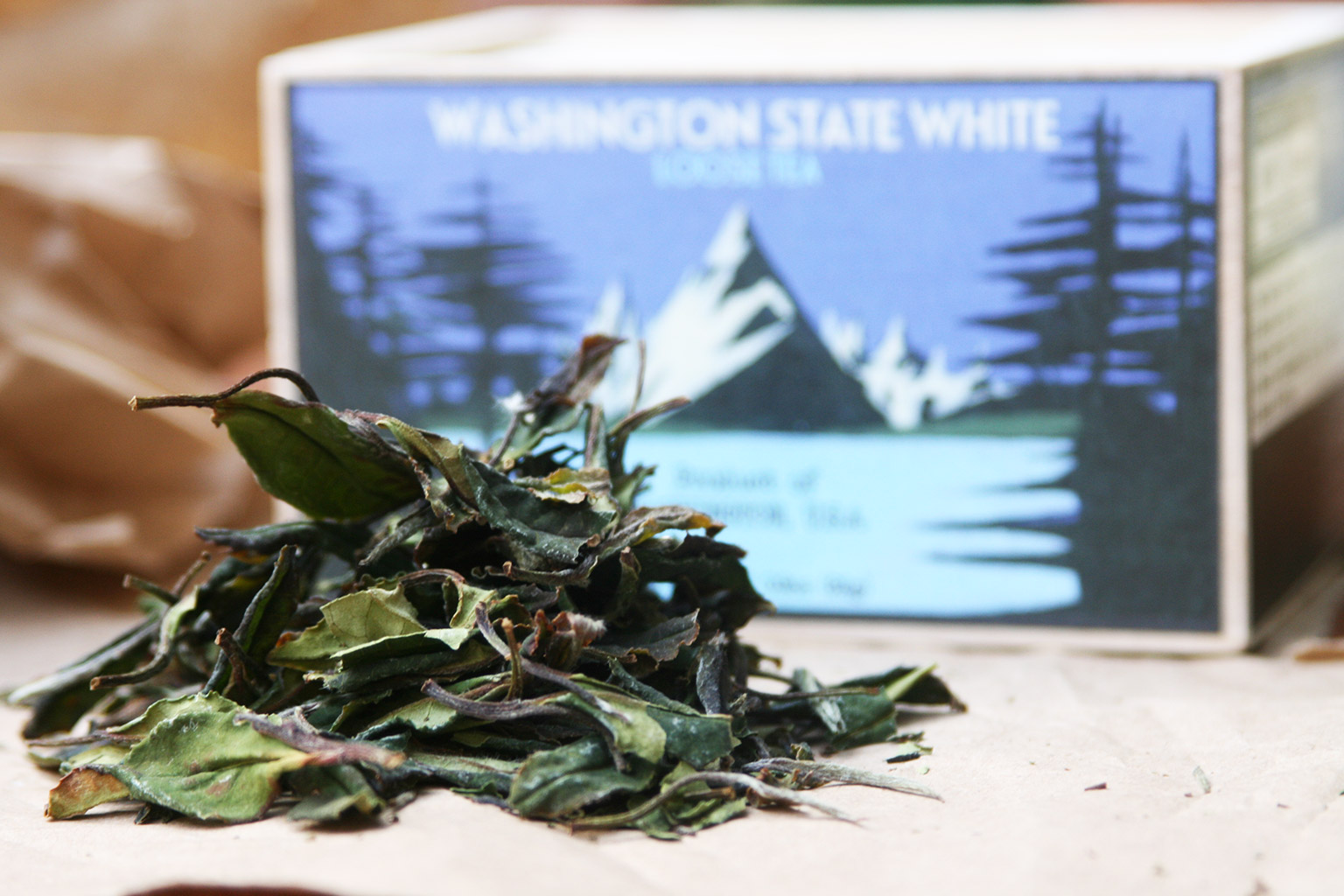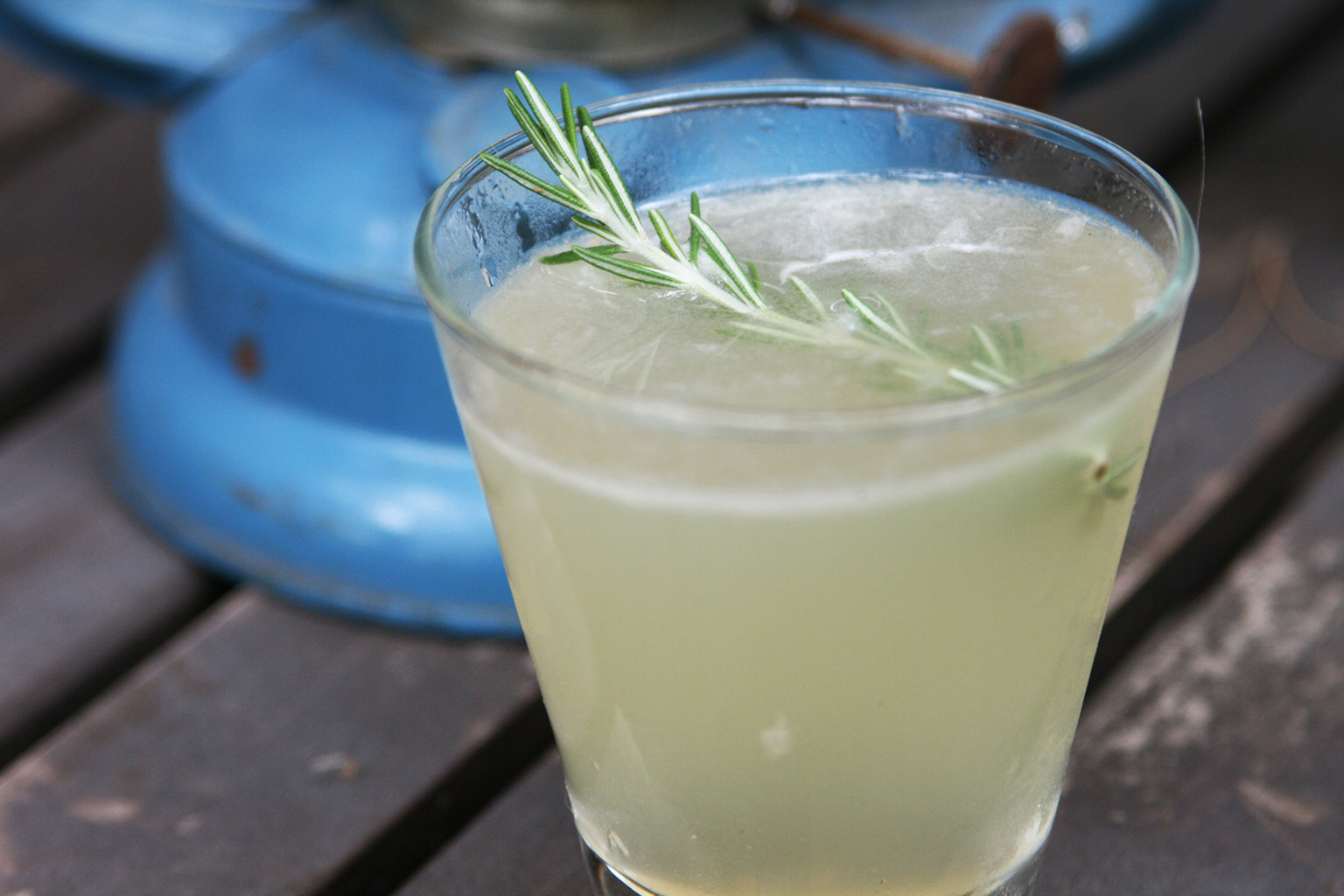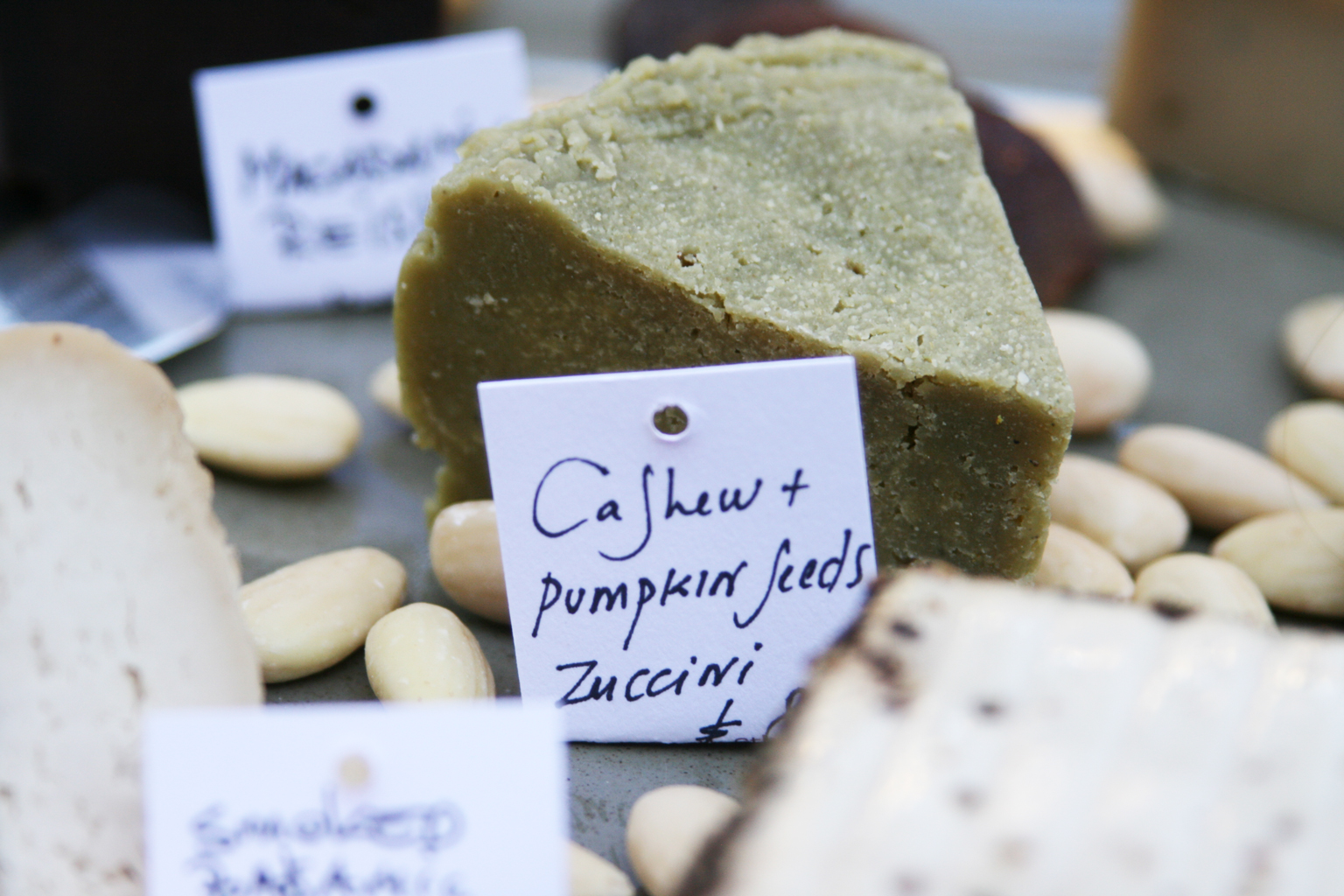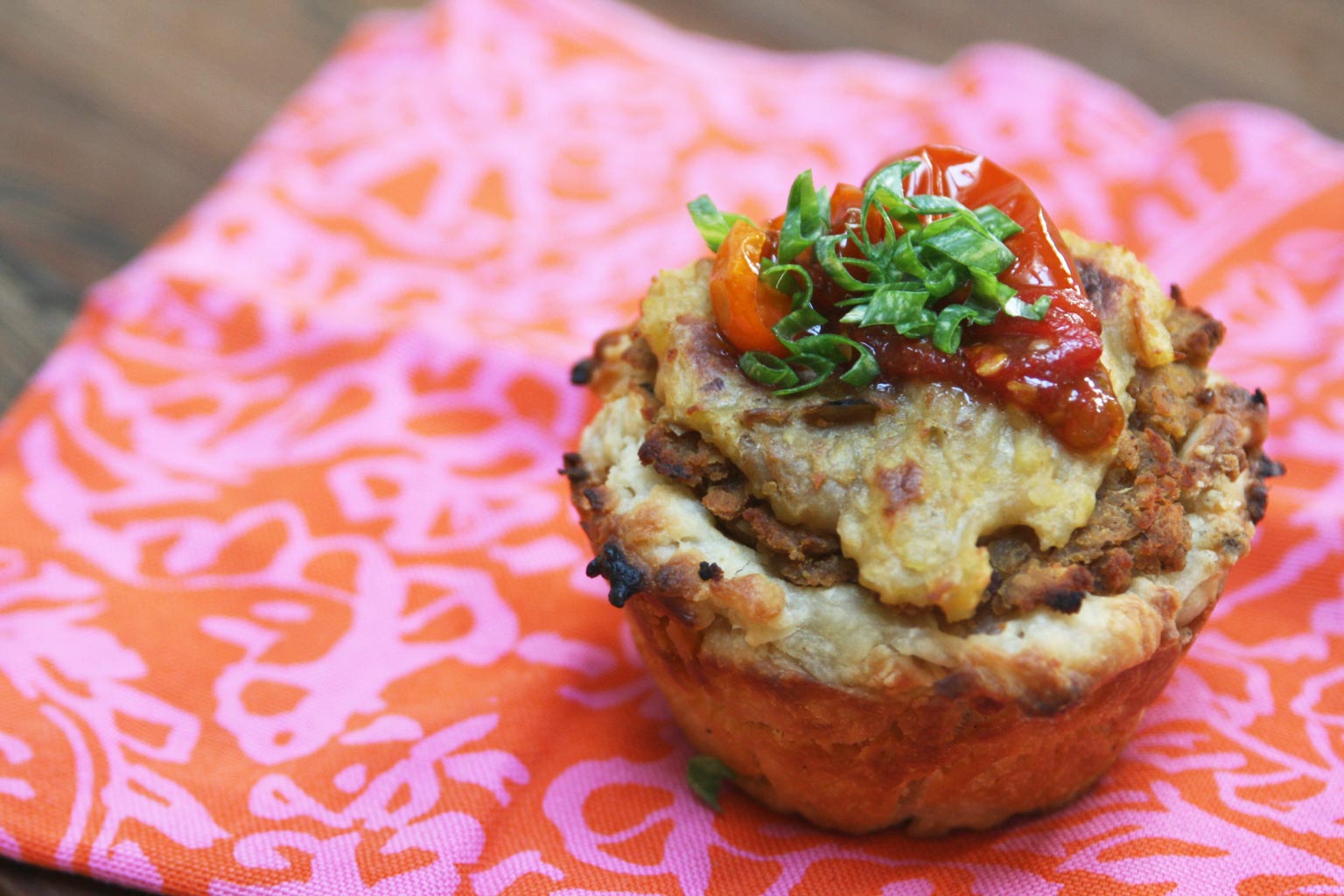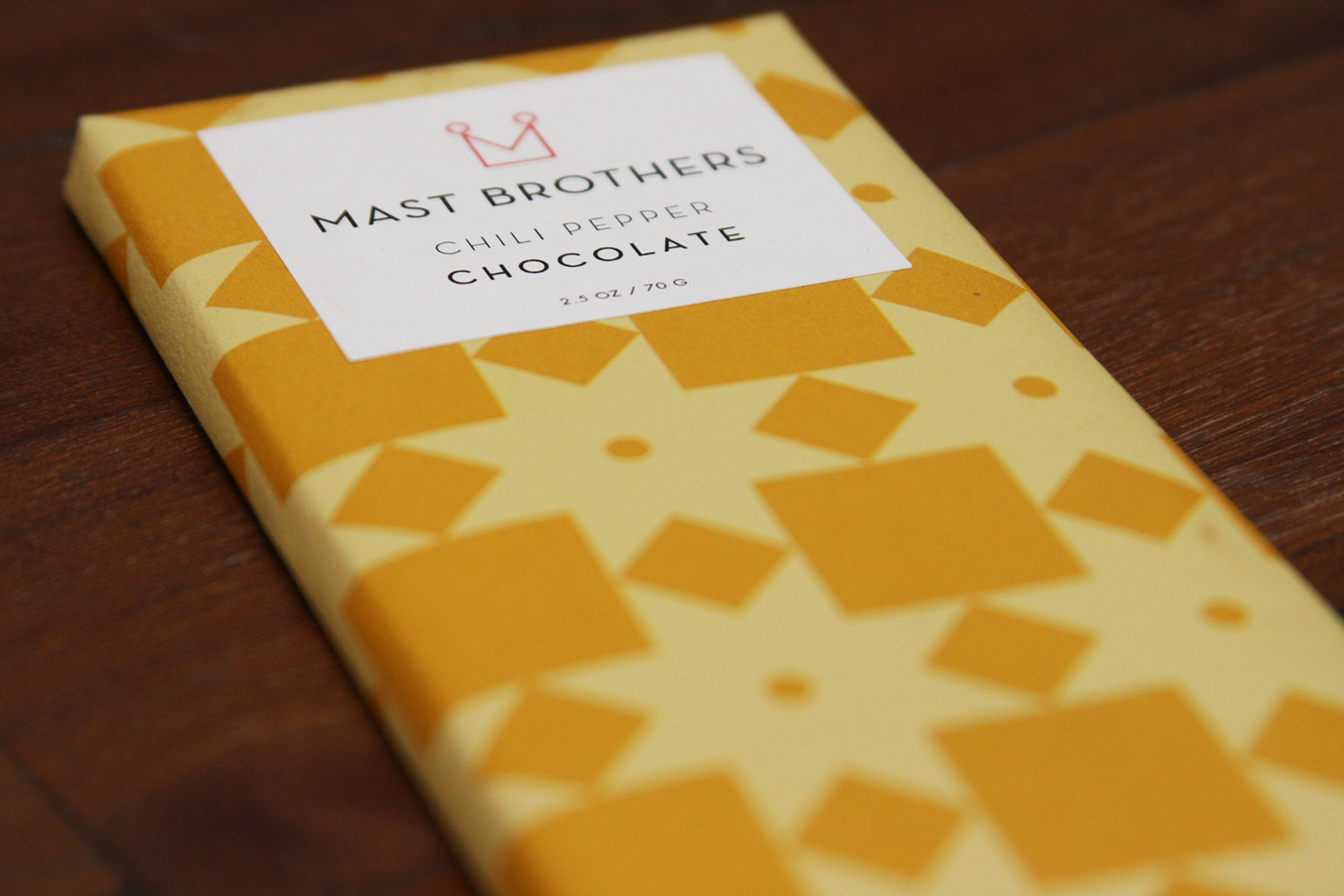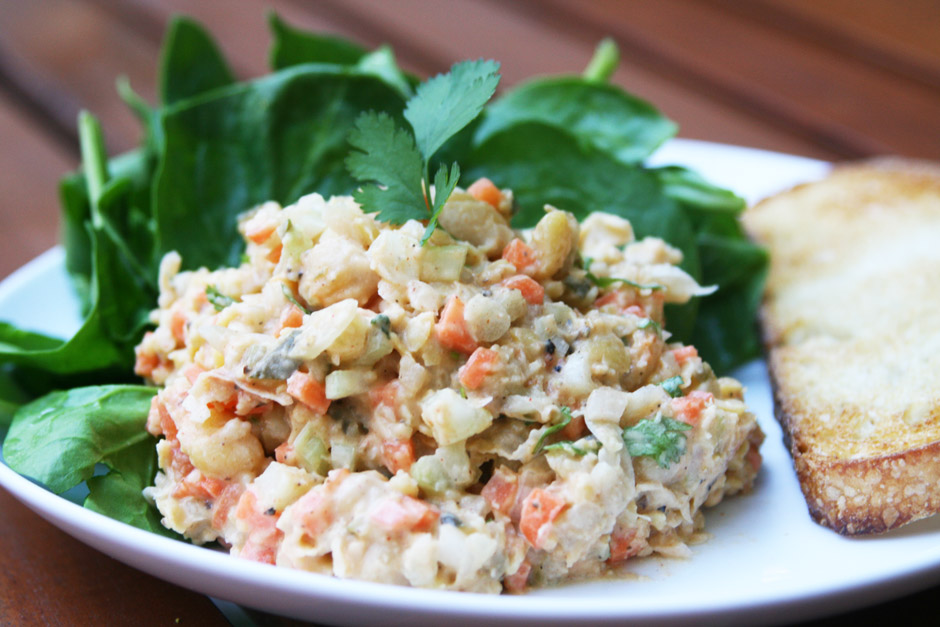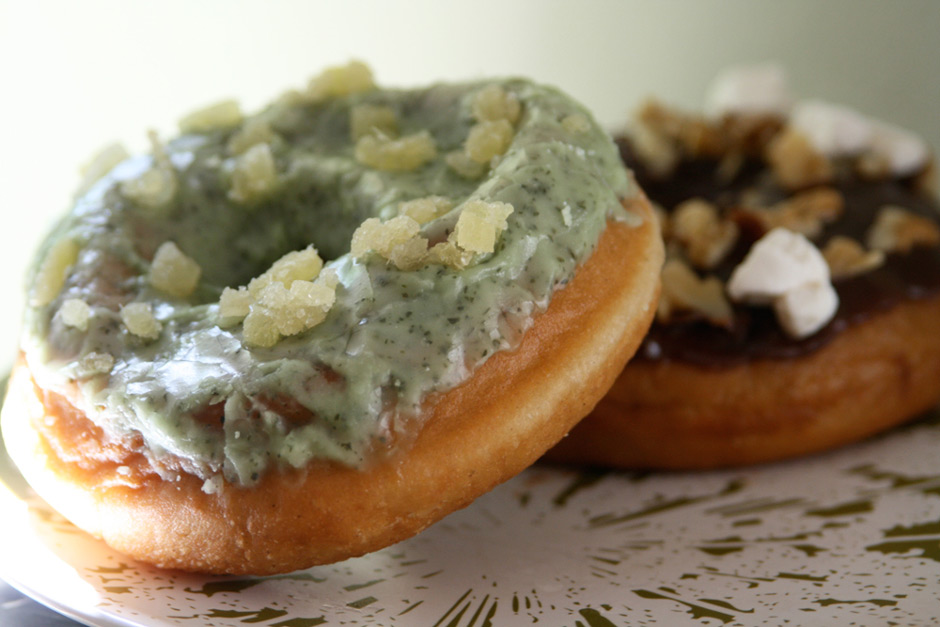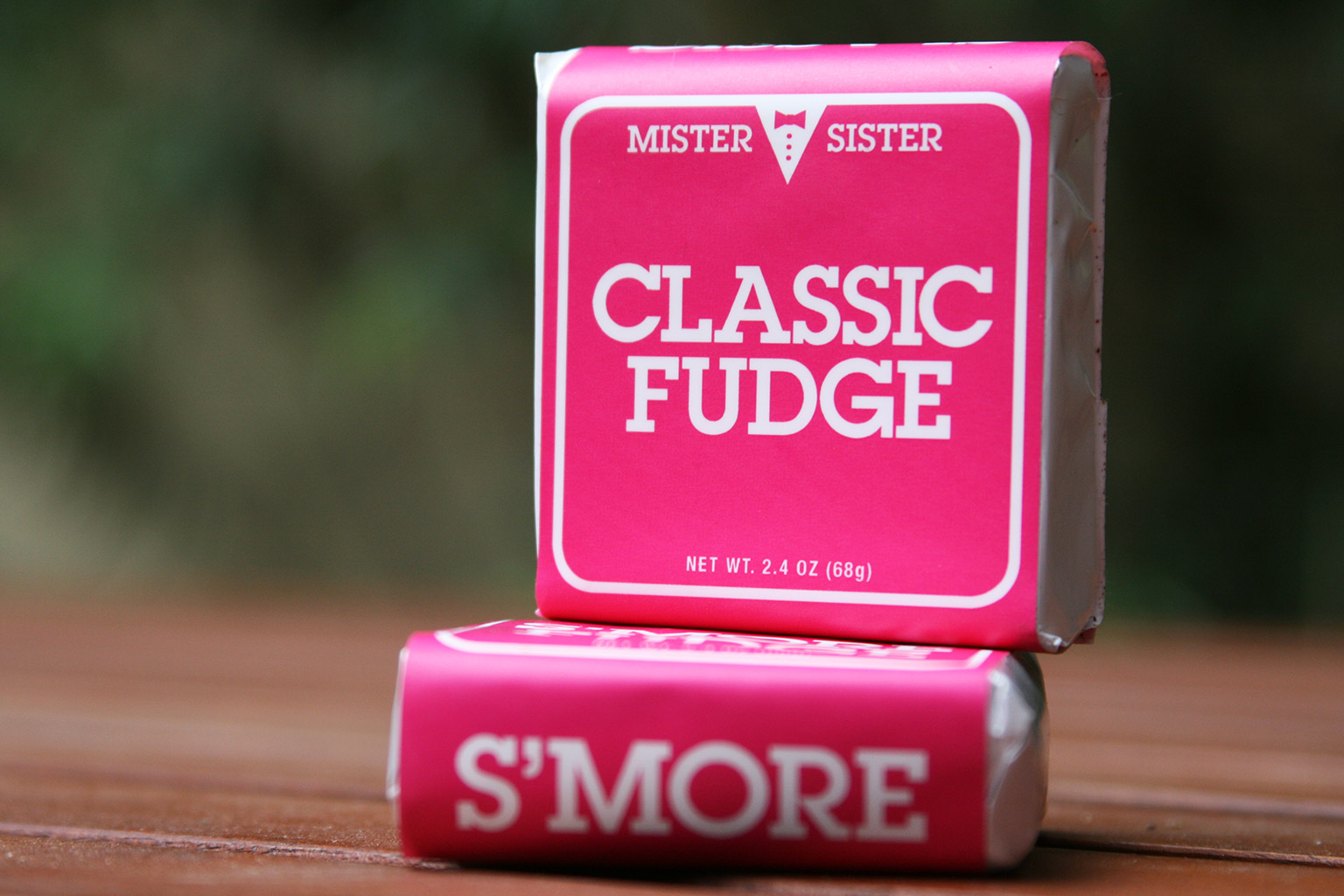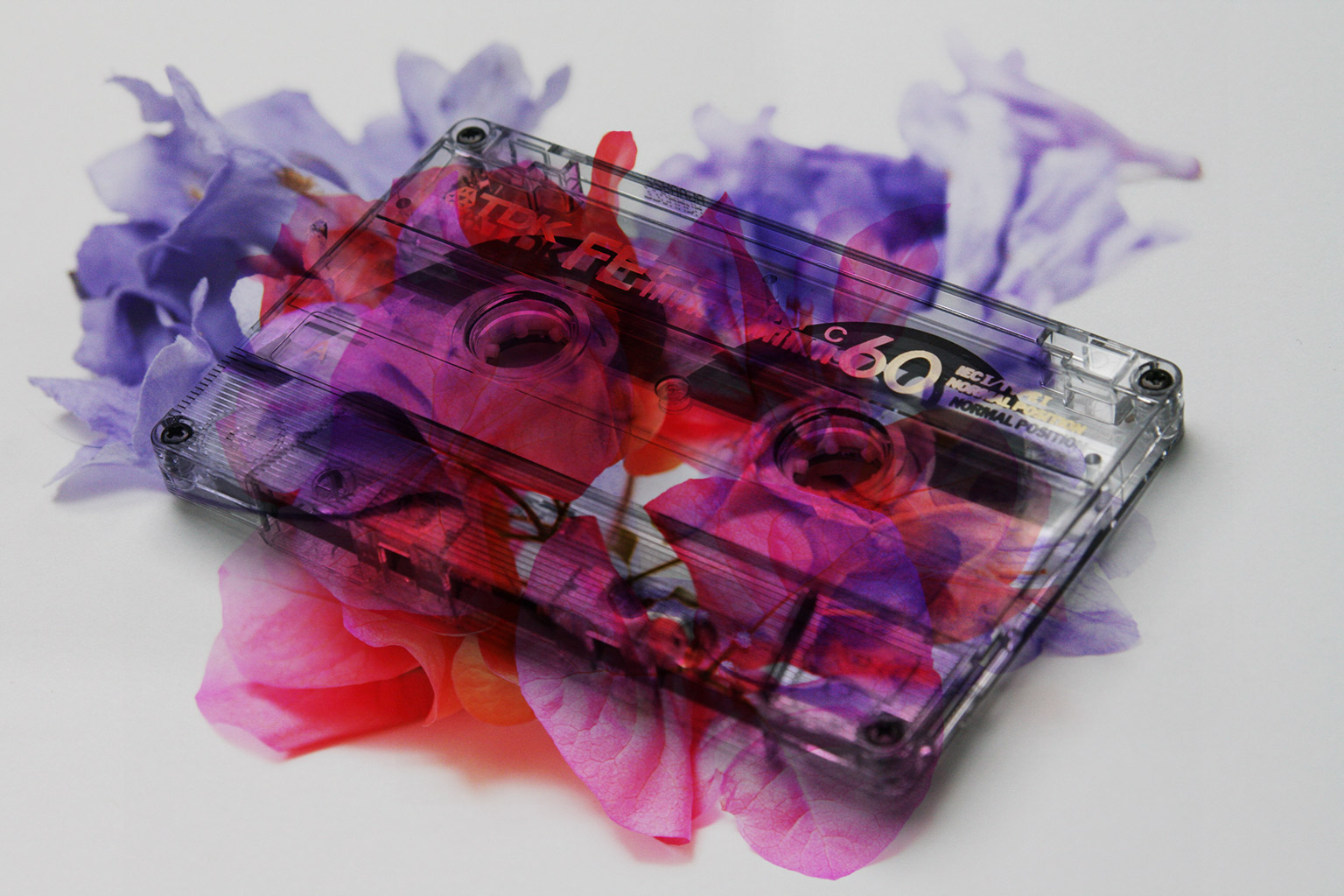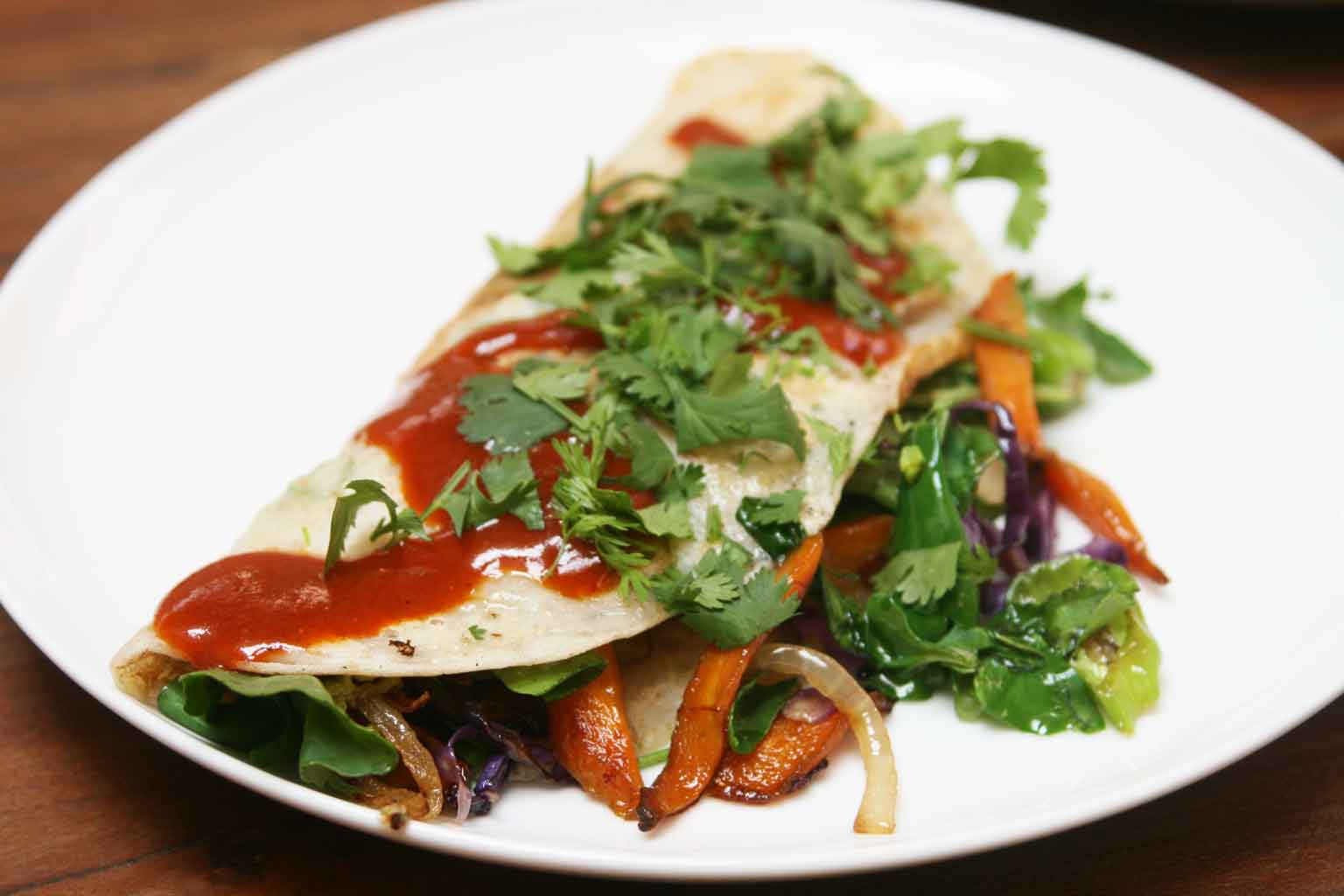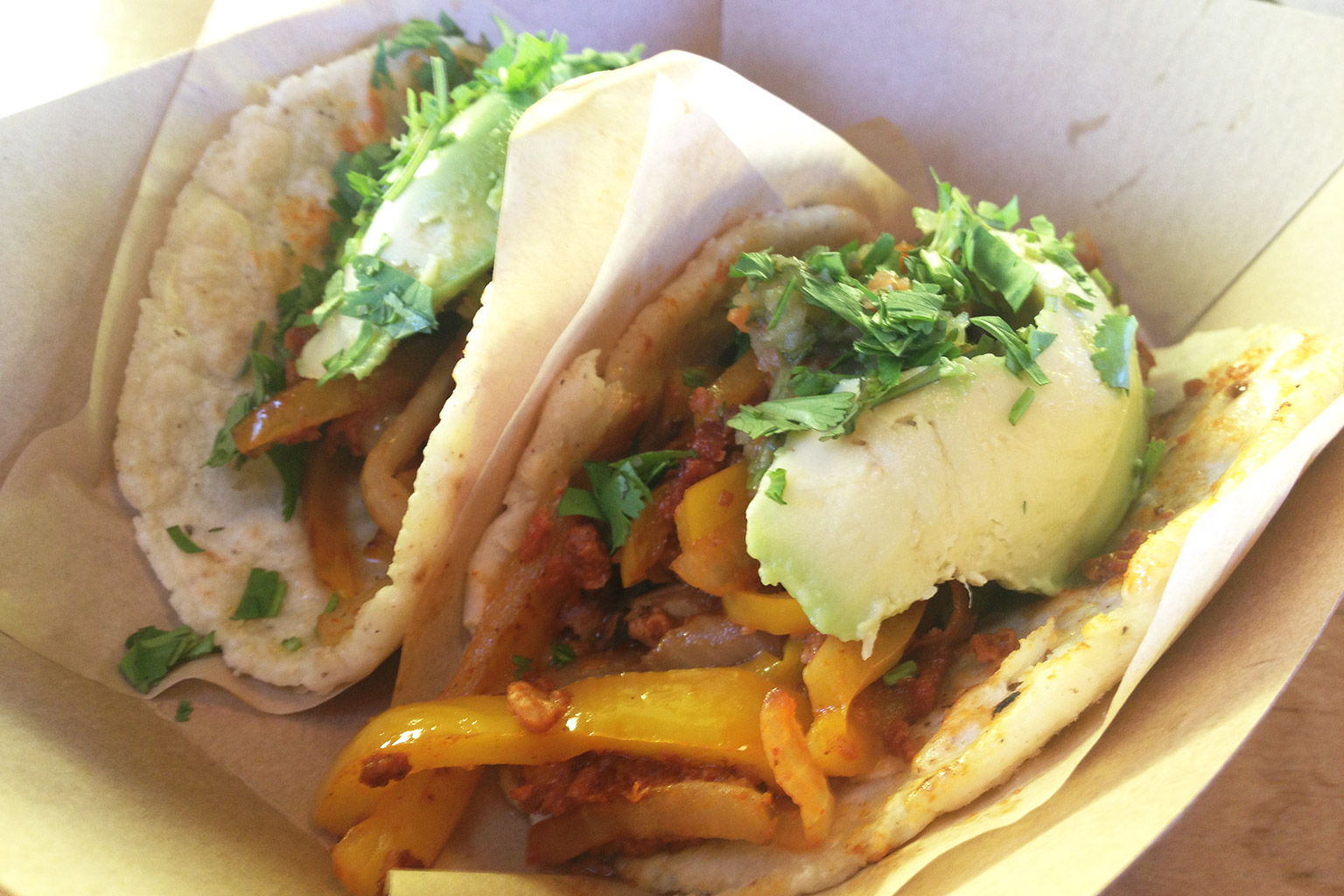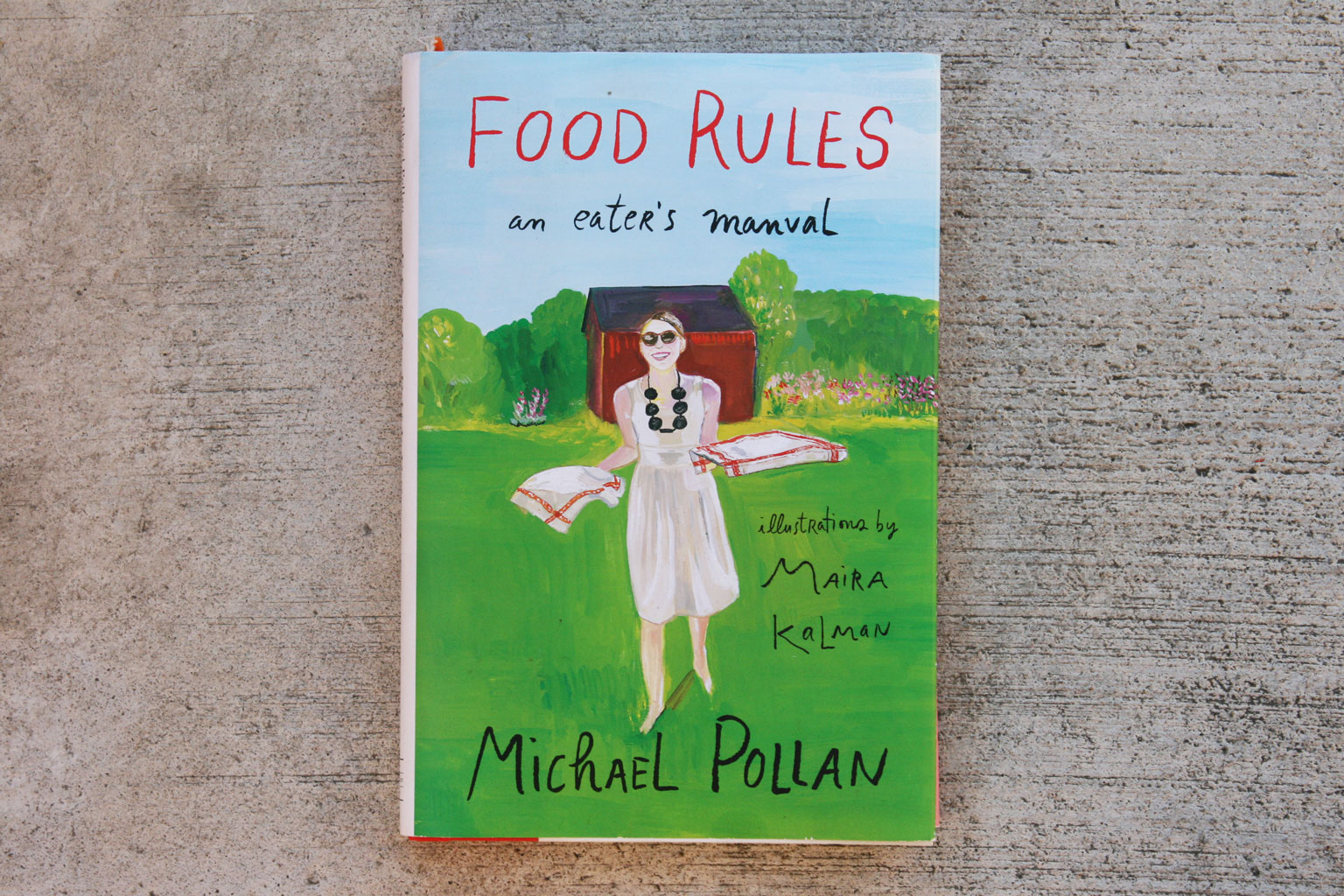December 9, 2020
Like a lot of you reading this, we significantly scaled back our Thanksgiving this year, foregoing the big “Friendsgiving” we usually host for obvious reasons and making far less food than usual. One planned dish we were excited about got cut at the last minute—Andrea Quynhgiao Nguyen’s Sticky Rice and Chestnut Dressing from her book Into the Vietnamese Kitchen: Treasured Foodways, Modern Flavors. But we made it the following week and stuffed it into a kabocha squash to serve as a main dish and it came out wonderfully.
So we asked Andrea if we could share that recipe—which we originally heard about in an interview with Frances Lam on NPR’s Splendid Table—in hopes that it would inspire others to make a vegan version this holiday season. To our delight, she agreed.
As Andrea notes in the recipe, when Vietnamese cooks make stuffing, they often rely on sticky rice, in a cultural bridge between Vietnamese and French traditions. They also often use lotus seeds, but her family prefers the taste of chestnuts, as do we, especially this time of year when they’re more readily available. As Andrea originally notes, you can stuff something with this recipe—like the kabocha, as we’d recommend—or you can have it as a side and cook it on its own, giving the grains on the bottom a nice, crispy crust. She’s also got some tips for anyone who’s never shelled or cooked with chestnuts below.
If you do decide to stuff a kabocha or other squash, simply halve it carefully, scrape our the seeds and stringy bits, pack the stuffing inside after cooking as detailed below, and rather than bake on its own as described below, bake in the squash at 400°F for an hour or so, until the squash’s outer skin is tender to a fork. In addition to the cilantro, we topped ours, pictured above, with some fermented sriracha. Slight alterations made below to make this dish vegan, but if anyone wants the original recipe, Splendid Table has it up on their pages as of this posting.
And be sure to scroll all the way to the bottom of this post for Nico’s patented “Ta-da!”
Yield: Makes about 8 cups, to serve 6 to 8
INGREDIENTS
1 1/2 cups short-grain sticky rice
1 clove garlic, minced
16 oz. Beyond Beef (or Beyond Sausage, cut into small pieces)
8 dried shiitake mushrooms, reconstituted, trimmed, and chopped
1/2 teaspoon black pepper
1 teaspoon chopped fresh thyme (or generous 1/4 teaspoon dried thyme)
3 tablespoons Cognac
2 tablespoons finely chopped fresh cilantro
FOR THE CHESTNUTS
11/2 cups shelled and peeled chestnuts (3/4 pound unpeeled), halved lengthwise (see note)
1 tablespoon vegan unsalted butter
5 sprigs cilantro
2 cups canned low-sodium vegetable broth, or as needed (ideally homemade)
1 teaspoon salt
4 tablespoons vegan unsalted butter
1 small yellow onion, finely chopped
Put the rice in a bowl and add water to cover by 1 inch. Let stand for at least 2 hours (or even overnight).
To prepare the chestnuts, place them in a small saucepan in which they will fit in a single layer. Add the butter, cilantro, and broth to cover by 1/2 inch. Bring to a simmer, cover partially, and simmer gently for about 20 minutes, or until the nuts are tender yet firm and still hold their shape. Do not allow the nuts to boil, or they will disintegrate. When they are ready, some pieces will be intact and others will have broken apart. Set aside.
Dump the rice into a colander and rinse under cold running water. Shake the colander to expel extra water and then return the rice to the bowl. Toss with 1/2 teaspoon of the salt.
Fill the steamer pan halfway with water and bring to a rolling boil over high heat. If you are concerned about cleanup and/or the rice falling through the holes of the steamer tray, line the tray with a piece of parchment paper or banana leaf, leaving a few holes uncovered for heat circulation. Pour the rice into the tray, keeping it 1 inch away from the edge where condensation will collect.
Place the tray in the steamer, cover, and steam the rice for 20 minutes, or until the grains are shiny, tender, and slightly chewy. To ensure even cooking, give the rice a big stir with chopsticks or a spatula 2 or 3 times during steaming. Take care when lifting the lid that you don’t allow any condensation to drip onto the rice and that you are not burned by the steam. At the end of each stirring, gather the grains back into a mound in the center, leaving a 1-inch border between the rice and the edge of the steamer tray. When the rice is done, turn off the heat and leave the rice in the steamer while you ready the other ingredients.
In a large skillet, melt 2 tablespoons of the butter over medium heat. Add the onion and garlic and sauté for about 2 minutes, or until fragrant and soft. Add the Beyond Beef or other vegan protein, pressing and poking it to break it up into small pieces, and cook and stir for about 2 minutes, or until half done. Add the mushrooms, pepper, thyme, and remaining 1/2 teaspoon salt and continue to cook, stirring often, for 2 minutes, or until the protein is well-browned. Remove from the heat.
Position a rack in the middle of the oven and preheat to 400°F. Butter the bottom and sides of a 9-by-13-inch baking dish (or baking dish of similar size) with 1 tablespoon of the butter. Transfer the protein mixture and any juices to a large bowl and add the rice and Cognac. Use a rubber spatula or 2 spoons to combine the ingredients well, breaking apart any large clumps of rice. Discard the cilantro sprigs from the chestnuts and drain the chestnuts, reserving the liquid for a sauce or a soup if desired. Add the chestnuts to the rice mixture along with the chopped cilantro and mix together gently. Taste and adjust with more salt, if necessary. (The dressing may be prepared to this point up to 1 day in advance. Cover partially to prevent drying and let cool completely, then transfer to an airtight container and refrigerate. Bring to room temperature before baking.) Transfer the dressing to the prepared baking dish (or stuff into a squash now, as noted above). Cut the remaining 1 tablespoon butter into bits and use to dot the top evenly. Cover the dish with aluminum foil.
Bake the dressing for 35 to 40 minutes, or until heated through and the bottom browns. Although the top will not brown, some grains at the edge will brown. Remove from the oven and let cool for 5 to 10 minutes before serving.
NOTE:
Chestnuts are in season in the late fall and early winter. Select shiny nuts that feel heavy for their size and store them in a cool, dry place. Be sure to use them while they still feel full and heavy. Or, freeze them unshelled for up to a year and thaw in the refrigerator before using.
To shell and peel chestnuts, first cut a cross on the flat side of each nut with a sharp paring knife. To do this, place the nuts on a dish towel so they don’t roll away. Preheat a toaster oven or a regular oven to 400°F and place the nuts, cut side up, directly on the rack (use the middle rack of a regular oven) or in a shallow pan. Bake them for about 5 minutes in a toaster oven or 10 to 15 minutes in a regular oven, or until the chestnuts feel hot and the cut on each shell opens and curls.
Carefully transfer the hot nuts to a dish towel, wrap them up, and squeeze the bundle to crack their shells. Working with 1 nut at a time and using the paring knife, remove the smooth outer shell and then peel, scrape, and/or cut off the papery inner brown skin. Use the knife tip to pry out skin bits stuck in the crevices. It is okay if a nut breaks during peeling. As you work, keep the unpeeled nuts warm in the dish towel, so the shells remain pliable and easier to remove. You can shell and peel chestnuts up to 3 days in advance of using and keep them tightly covered in the refrigerator, or you can freeze them for up to 6 months.
Reprinted with permission from Into the Vietnamese Kitchen: Treasured Foodways, Modern Flavors by Andrea Quynhgiao Nguyen copyright © 2006. Published by Ten Speed Press, an imprint of Penguin Random House.








